Home>Garden Essentials>What Temperature To Plant Grass Seed
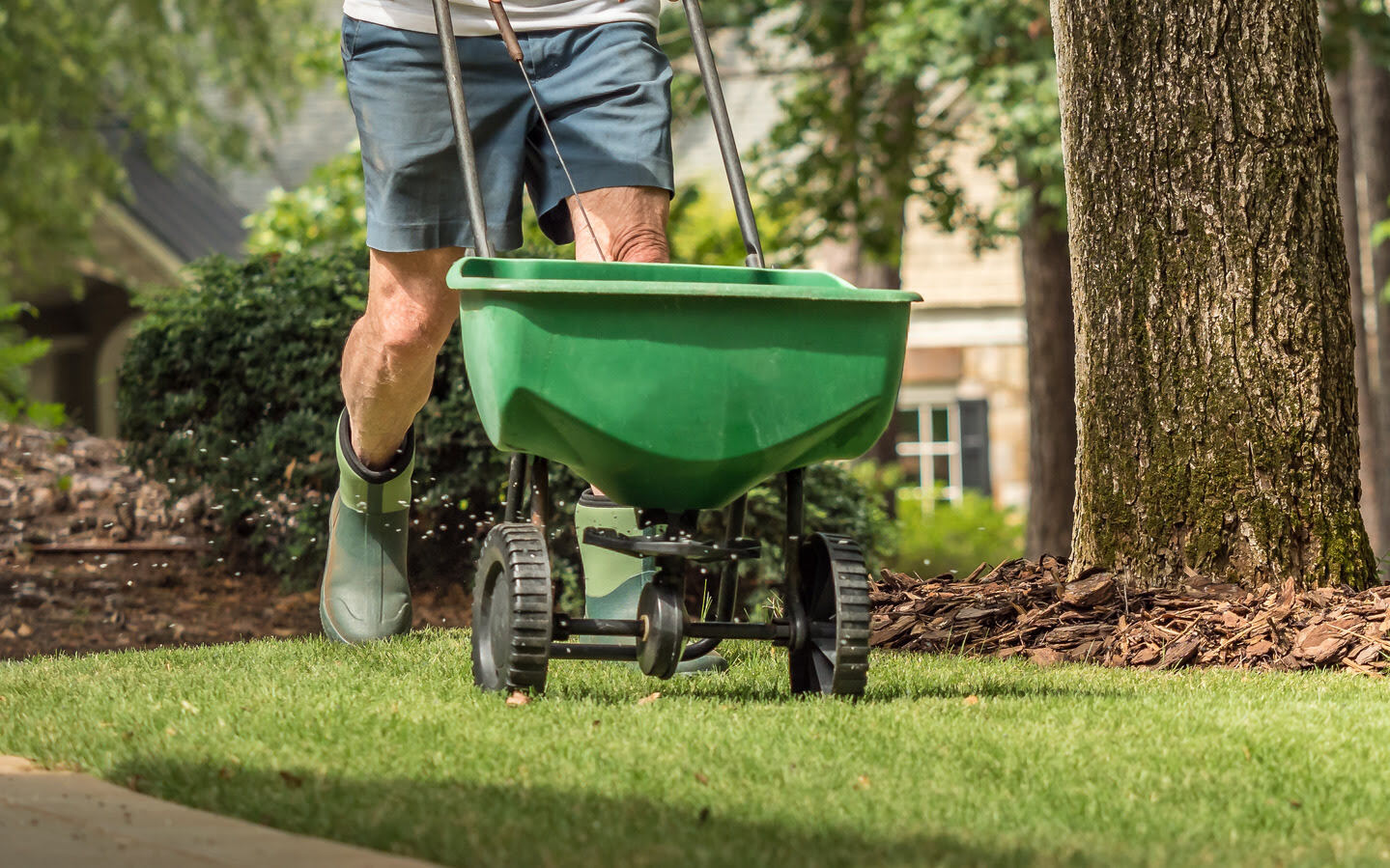

Garden Essentials
What Temperature To Plant Grass Seed
Modified: March 16, 2024
Learn the ideal temperature to plant grass seed in your garden and ensure a healthy green lawn. Find out the best time for successful germination and growth.
(Many of the links in this article redirect to a specific reviewed product. Your purchase of these products through affiliate links helps to generate commission for Storables.com, at no extra cost. Learn more)
Introduction
Welcome to the wonderful world of gardening! Whether you’re a seasoned gardener or just discovering your green thumb, planting grass seed can be an exciting and rewarding experience. However, to ensure success, it’s essential to understand the optimal conditions for planting grass seed, particularly when it comes to temperature.
Various factors influence the success of grass seed germination, including soil quality, moisture levels, and sunlight exposure. However, temperature plays a crucial role in determining how well grass seeds establish and grow. Understanding the ideal temperature range for planting grass seed can significantly increase your chances of achieving a lush and healthy lawn.
In this article, we will explore the factors to consider when planting grass seed, discuss the optimal temperature range for successful seeding, examine the importance of soil temperature, and offer some tips for a successful grass seed planting experience. Whether you’re starting a new lawn or rejuvenating an existing one, this information will help you make informed decisions and set your grass seeds up for success.
Key Takeaways:
- Choose the right time to plant grass seed based on temperature. Cool-season grasses prefer cooler temperatures, while warm-season grasses thrive in higher temperatures. Timing is crucial for successful germination and growth.
- Prepare the soil and follow proper care techniques for successful grass seed planting. Consider factors like climate, soil conditions, and grass species. Patience and persistence are key for a beautiful, vibrant lawn.
Read more: What Temperature Do Plants Germinate In
Factors to Consider
Before diving into the optimal temperature range for planting grass seed, it’s important to consider several factors that can affect the success of your endeavor. Understanding these factors will help you make informed decisions and create the best possible conditions for your grass seeds to germinate and thrive.
- Climate: Your local climate plays a significant role in determining the best time to plant grass seed. Regions with hot, humid summers and mild winters may have different ideal planting times compared to areas with cold winters and hot, dry summers.
- Grass Species: Different grass species have different temperature requirements for optimal growth. Cool-season grasses, such as Kentucky bluegrass and fescue, prefer cooler temperatures for germination and establishment, while warm-season grasses like Bermuda grass and Zoysia grass thrive in higher temperatures.
- Soil Conditions: The quality and condition of your soil can impact the success of your grass seed planting. Ensure that your soil is well-draining, rich in organic matter, and properly prepared before planting. Conducting a soil test can help you determine if any amendments are needed to optimize soil pH and nutrient levels.
- Watering: Consistent and adequate watering is crucial for grass seed germination. Consider your local rainfall patterns and establish a watering schedule to keep the soil moist but not saturated. Irrigation methods, such as drip irrigation or sprinkler systems, can help you maintain the right moisture levels.
By taking these factors into account, you can better plan and prepare for your grass seed planting project, maximizing your chances of success and creating a thriving and healthy lawn.
Optimal Temperature Range for Planting Grass Seed
Temperature plays a crucial role in the germination and establishment of grass seeds. Different grass species have specific temperature preferences for optimal growth. Understanding the recommended temperature range for planting grass seed will help you time your seeding appropriately and increase the chances of successful germination.
Generally, cool-season grasses prefer cooler temperatures for seed germination and establishment. The ideal temperature range for these grasses is typically between 60°F and 75°F (15°C and 24°C). Kentucky bluegrass, perennial ryegrass, and tall fescue are common cool-season grasses that thrive in this temperature range.
On the other hand, warm-season grasses prefer higher temperatures. The ideal temperature range for warm-season grasses is typically between 80°F and 95°F (27°C and 35°C). Bermuda grass, zoysia grass, and centipede grass are popular warm-season grasses that perform well in these temperature conditions.
It’s important to note that these temperature ranges are guidelines, and grass seed germination can still occur outside of these preferred ranges. However, germination and establishment may be slower and less successful if the temperatures are too far out of the optimum range.
Additionally, fluctuations in temperature can affect the success of grass seed germination. Rapid temperature swings or extreme temperatures, such as frost or heatwaves, can hinder or even damage germinating seeds. It’s crucial to monitor the weather forecast and choose a time when the temperature is consistently within the recommended range for your grass species.
By selecting the appropriate grass species for your climate and timing your seeding to coincide with the optimal temperature range, you give your grass seeds the best chance to germinate, establish roots, and ultimately grow into a beautiful, lush lawn.
Importance of Soil Temperature
While air temperature is important for determining the optimal time to plant grass seed, the temperature of the soil also plays a crucial role in the success of seed germination and establishment. Understanding the importance of soil temperature will help you create the ideal conditions for your grass seeds to thrive.
When it comes to seed germination, soil temperature directly impacts the metabolic processes within the seed. Seeds require a specific soil temperature range to trigger the biochemical reactions necessary for growth. If the soil temperature is too low, the germination process will be slowed or even halted. Conversely, if the soil temperature is too high, it can damage or kill the seeds.
The optimal soil temperature range for grass seed germination varies depending on the grass species. Cool-season grasses generally prefer soil temperatures between 50°F and 65°F (10°C and 18°C), while warm-season grasses thrive in soil temperatures between 60°F and 75°F (15°C and 24°C). These temperature ranges provide the ideal conditions for the seeds to awaken from dormancy, germinate, and establish roots.
It’s important to note that soil temperature lags behind air temperature changes. This means that even if the air temperature is within the optimal range for planting, the soil may still be too cold or too warm for successful seed germination and growth. Monitoring soil temperature using a soil thermometer can help you determine the best time to plant your grass seeds.
Soil temperature can be influenced by various factors, such as sunlight exposure, moisture levels, and soil type. Dark-colored soils absorb more heat and warm up faster, while lighter-colored soils reflect more heat and take longer to warm up. Additionally, wet soils tend to retain heat better than dry soils.
To ensure the soil temperature is within the desired range, consider warming the soil before planting by covering the area with a clear plastic sheet. This process, known as solarization, traps heat from the sun and warms the soil underneath.
By paying attention to soil temperature and creating the optimal conditions, you provide your grass seeds with the best chance of germination and establishment. This attention to detail will lead to a strong and healthy lawn in the long run.
It’s best to plant grass seed when the soil temperature is consistently between 50-65°F. Use a soil thermometer to check the temperature before planting.
Best Time of Year to Plant Grass Seed
Choosing the right time of year to plant grass seed is key to achieving successful germination and establishment. The optimal timing may vary depending on your location, climate, and the grass species you intend to grow. By understanding the seasonal preferences of different grasses and considering local climate conditions, you can determine the best time to sow your grass seeds.
For cool-season grasses, the ideal time to plant seed is during the fall season. This is typically the period between late August and early October, when temperatures are cooler, and there is ample moisture available. Planting during this time allows the grass to establish strong roots before the harsh conditions of winter arrive. Additionally, fall planting gives the grass a head start in the following spring, as it can take advantage of the cool, moist conditions for new growth.
Warm-season grasses, on the other hand, thrive when planted during the late spring or early summer, when soil temperatures have warmed up consistently. This is usually between late April and early June, depending on your specific location. Planting warm-season grasses during this period allows them to take advantage of the longer daylight hours and warmer temperatures for optimal germination and growth.
It’s important to consider your local climate and weather patterns when determining the best time to plant grass seed. Pay attention to the average last frost date in the spring and the first frost date in the fall. Planting too early in the spring, before the risk of frost has passed, can damage or kill the tender seedlings. Similarly, delaying fall planting until after the first frost can make it challenging for the seeds to establish before winter sets in.
If you missed the optimal time window for grass seed planting, you can still plant seeds during other seasons, but success may vary. Sowing grass seed in the summer requires extra attention to watering, as the higher temperatures and increased evaporation can dry out the soil. Planting in the winter may require protection from freezing temperatures and excessive moisture.
Regardless of the season, proper soil preparation, including raking the soil, removing debris, and creating a smooth surface, is crucial for successful seed germination. Additionally, proper watering and care throughout the germination and establishment process are essential for the seeds to develop into a healthy, thriving lawn.
By understanding the best time of year to plant grass seed and considering the specific needs of your grass species and local climate, you can set yourself up for success and enjoy a beautiful, lush lawn in the seasons to come.
Read more: What Temperature To Germinate Tomatoes
Tips for Successful Grass Seed Planting
Planting grass seed requires careful preparation and attention to detail to ensure successful germination and establishment. By following these tips, you can improve your chances of achieving a healthy and vibrant lawn:
- Choose the right grass species: Select grass species that are well-suited to your climate, soil type, and intended use. Consider factors such as sun exposure, shade tolerance, and maintenance requirements.
- Prepare the soil: Ensure that the soil is properly prepared before planting by removing any debris, rocks, or weeds. Loosen the top layer of soil to improve seed-to-soil contact and create a smooth surface for seeding.
- Test the soil: Conduct a soil test to determine the pH levels and nutrient deficiencies in your soil. Based on the results, amend the soil with lime, compost, or fertilizers to create optimal growing conditions.
- Sow the seeds evenly: Use a spreader or a handheld seeder to distribute the grass seeds evenly across the prepared soil. Follow the manufacturer’s instructions for the recommended seeding rate for your chosen grass species.
- Water adequately: After seeding, water the area thoroughly to ensure that the soil is evenly moist. Continue to water regularly, keeping the soil consistently moist but not saturated. Consider using a sprinkler system or a soaker hose to maintain proper moisture levels.
- Avoid excessive foot traffic: Minimize foot traffic on newly seeded areas to prevent compaction and potential damage to the delicate seedlings. Consider marking off the area or creating temporary pathways to redirect traffic.
- Mulch the area: Applying a thin layer of straw or seed-free compost as mulch can help retain soil moisture, protect seeds from birds or wind, and provide some insulation from extreme temperature fluctuations.
- Monitor and adjust: Regularly monitor the germination progress, paying attention to any signs of inadequate watering, pest issues, or weed growth. Adjust watering and maintenance practices accordingly to ensure optimal growth.
- Maintain proper lawn care: Once the grass starts to establish, follow proper lawn care practices such as regular mowing, fertilizing, and watering to promote healthy growth and maintain a lush lawn.
- Be patient: Remember that establishing a new lawn from seed takes time. It may take several weeks for the seeds to germinate, and several months for the grass to fully establish. Be patient and consistent with your maintenance practices.
By following these tips and giving your newly planted grass seeds the attention they need, you can increase the chances of successful germination, establish a strong and healthy lawn, and enjoy the beauty of a vibrant green space.
Conclusion
Planting grass seed is a rewarding endeavor that can transform your outdoor space into a lush and vibrant landscape. By understanding the optimal temperature range for planting, considering factors such as climate and soil conditions, and following key tips for success, you can maximize your chances of achieving a healthy and thriving lawn.
Temperature plays a critical role in grass seed germination and establishment. Cool-season grasses prefer cooler temperatures, while warm-season grasses thrive in higher temperatures. By selecting the appropriate grass species for your climate and timing your planting to coincide with the optimal temperature range, you give your grass seeds the best chance to grow strong roots and flourish.
Other factors such as soil preparation, proper watering, and maintenance are equally important for successful grass seed planting. Prepare the soil, remove debris, and amend it as needed. Water consistently and monitor soil moisture levels to ensure adequate hydration. Implement proper lawn care practices to promote healthy growth and minimize weed competition.
Remember that patience and persistence are key. Establishing a new lawn from seed takes time and consistent care. It may take several weeks for the seeds to germinate and months for the grass to fully establish. Stay committed to providing the necessary care and attention, and you will be rewarded with a beautiful, vibrant lawn.
Whether you’re starting a new lawn or rejuvenating an existing one, armed with the knowledge of optimal temperature ranges, soil preparation techniques, and helpful tips, you can confidently plant grass seed and watch as your outdoor space flourishes with greenery.
So go ahead, grab your seeds, roll up your sleeves, and embark on the journey of planting grass seed. Your efforts will be rewarded with a lush, inviting, and beautiful lawn that will be the envy of your neighborhood.
Frequently Asked Questions about What Temperature To Plant Grass Seed
Was this page helpful?
At Storables.com, we guarantee accurate and reliable information. Our content, validated by Expert Board Contributors, is crafted following stringent Editorial Policies. We're committed to providing you with well-researched, expert-backed insights for all your informational needs.
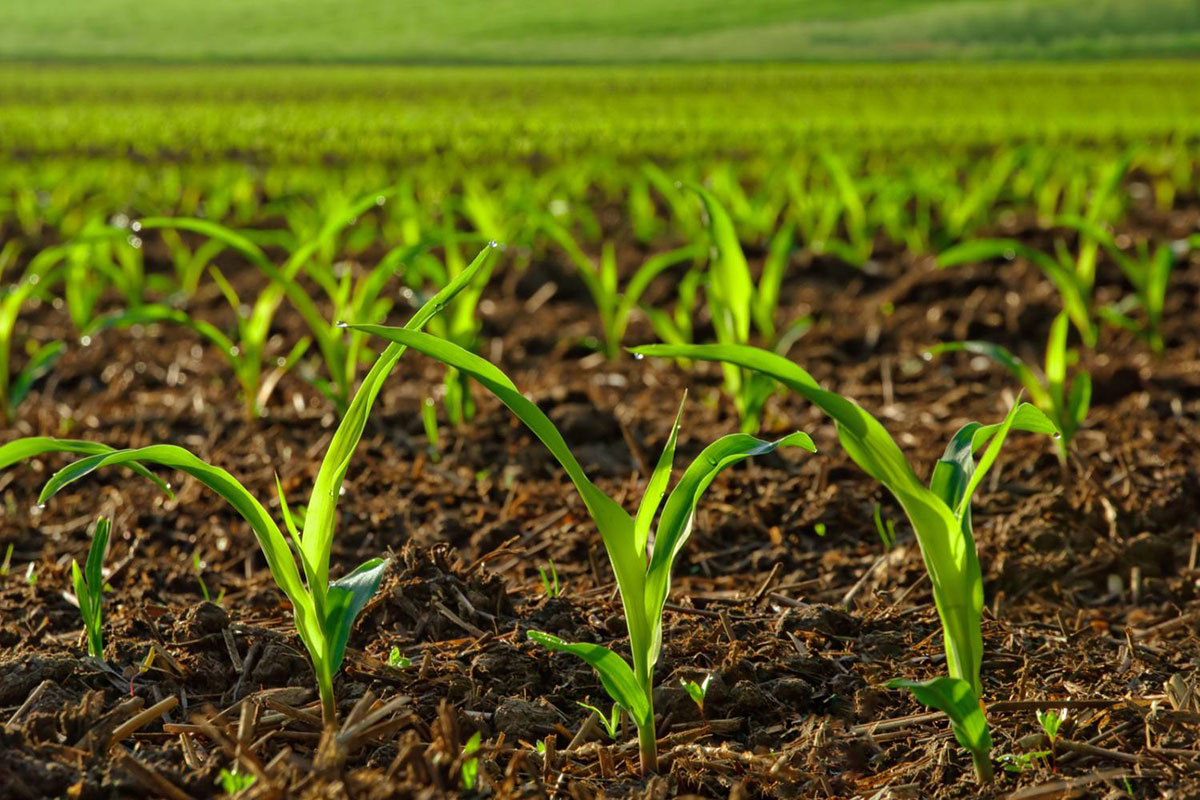
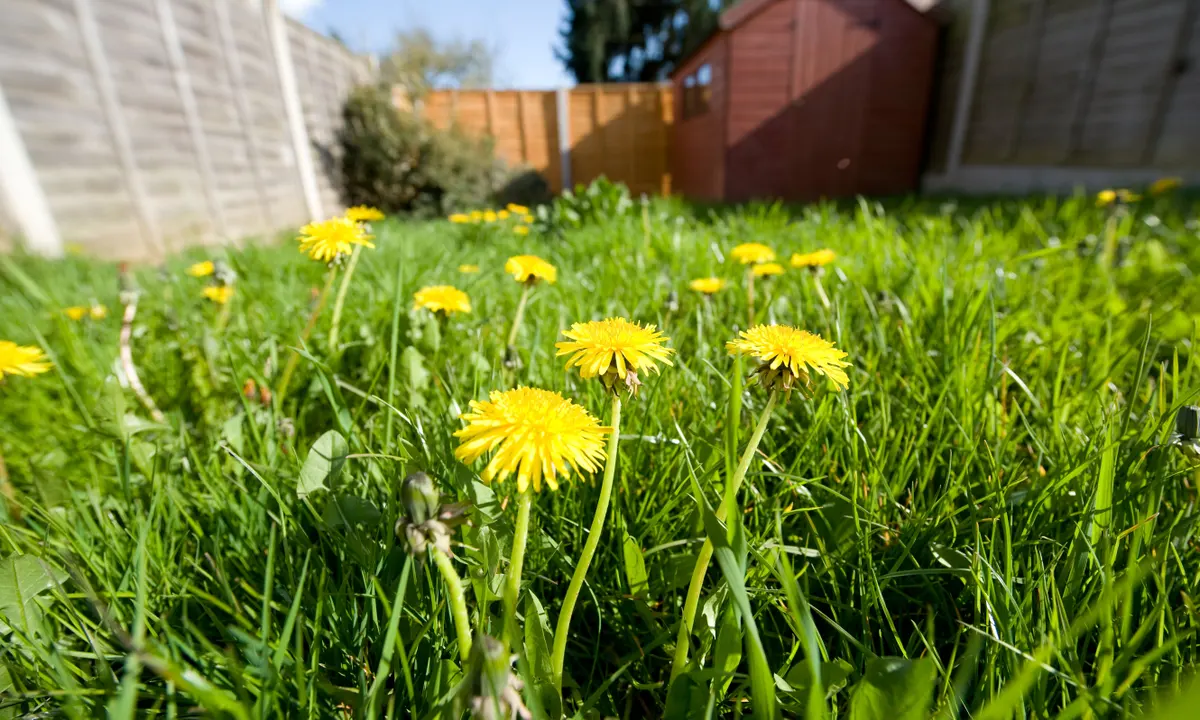
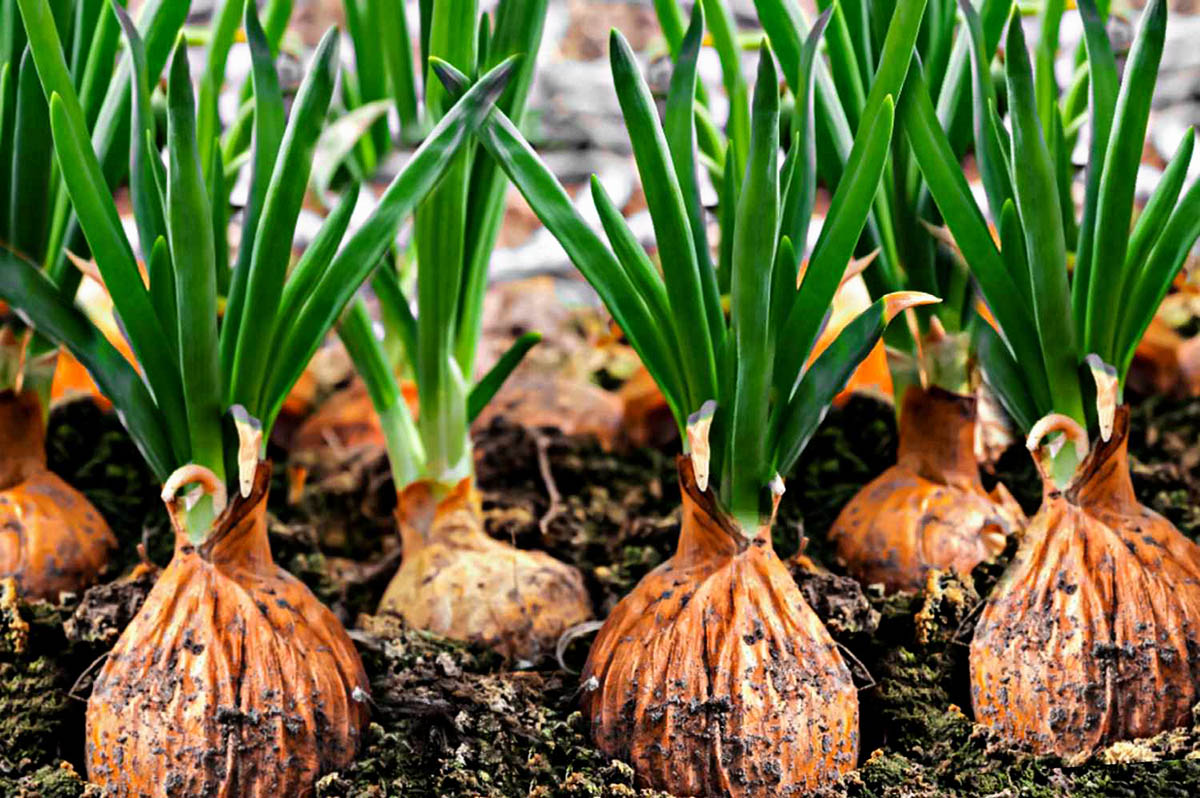
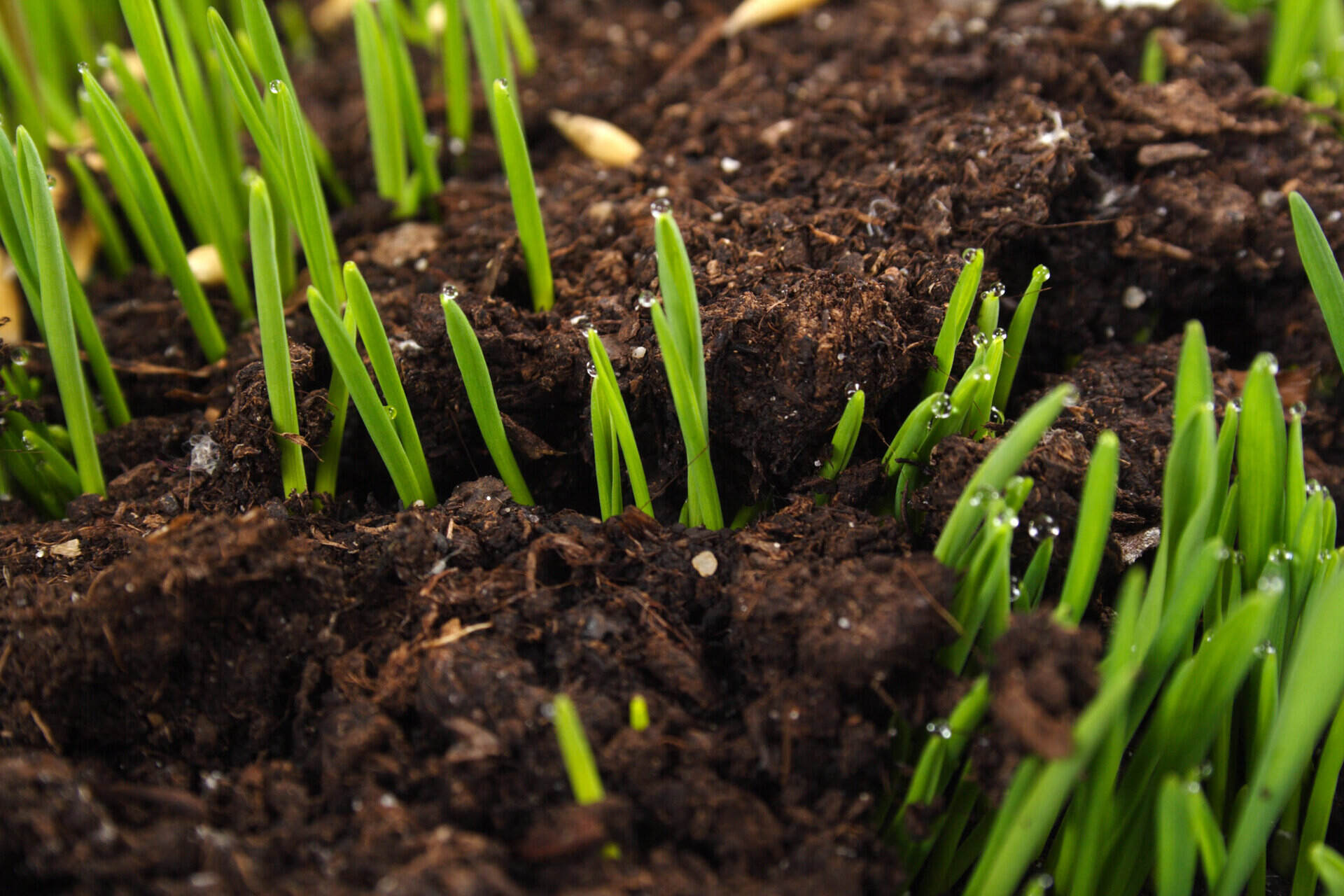
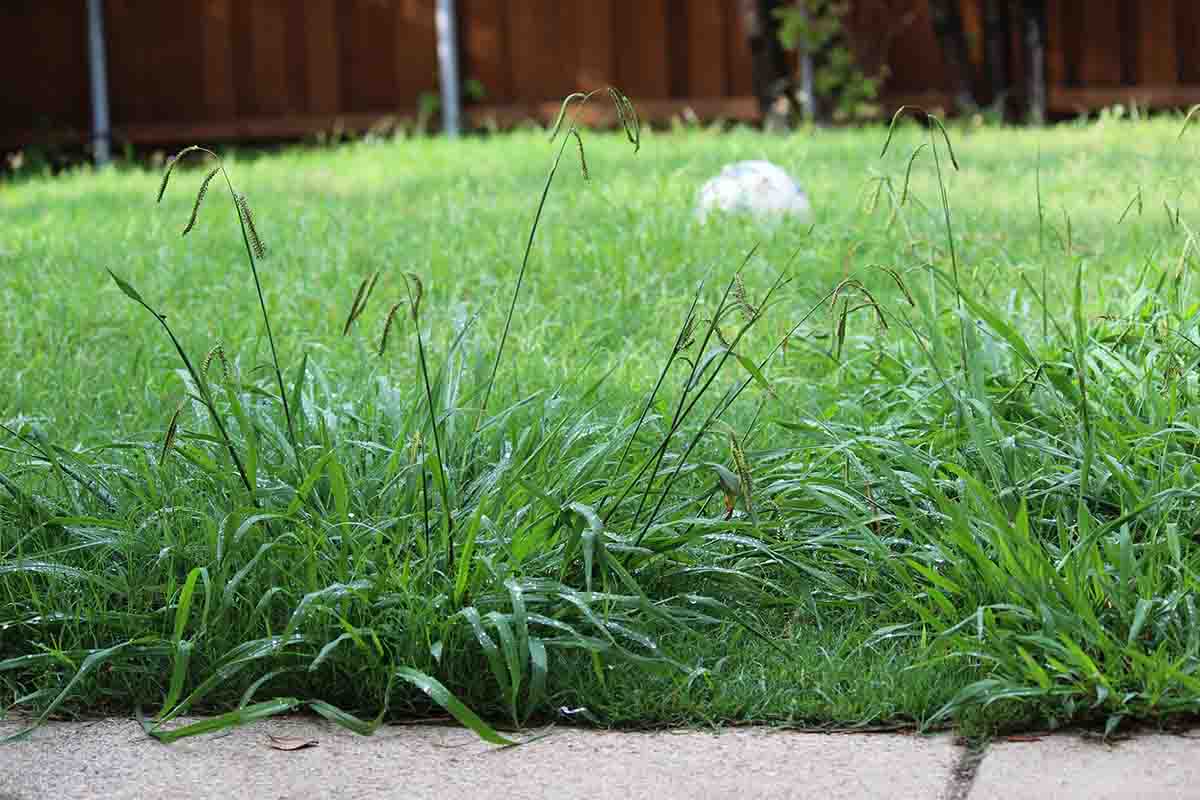
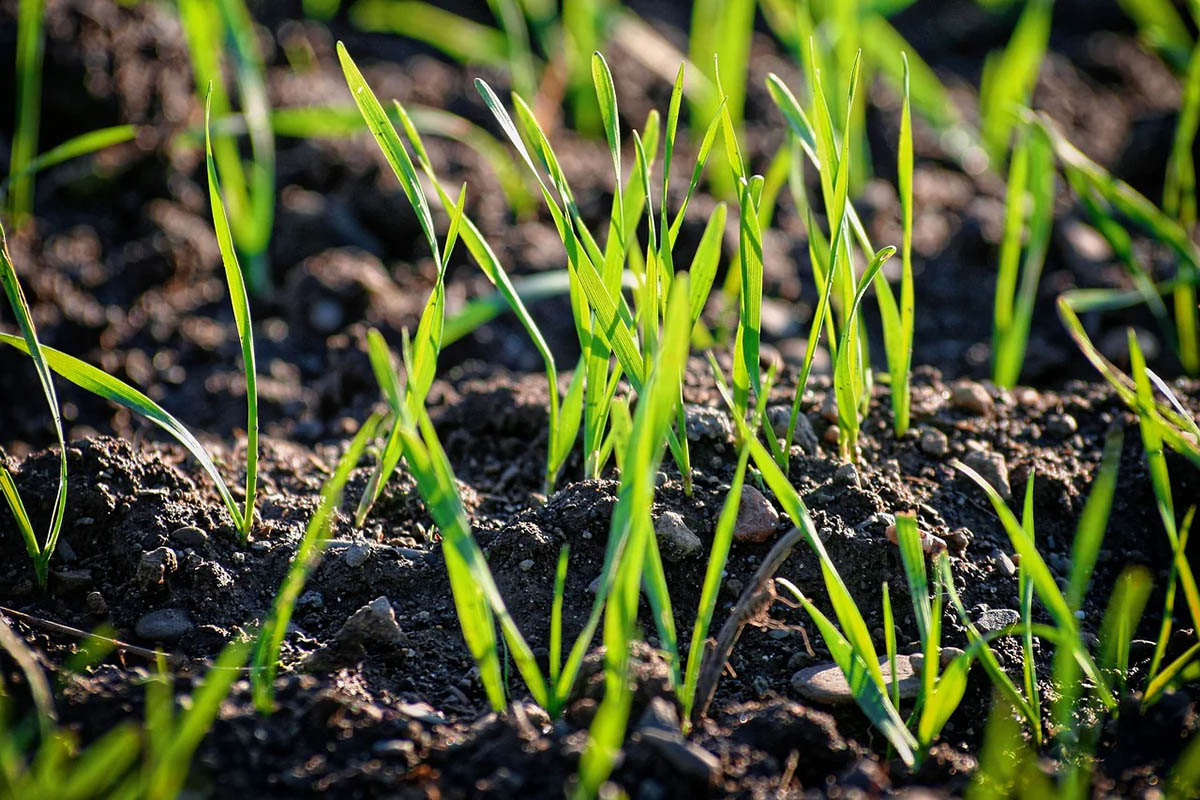
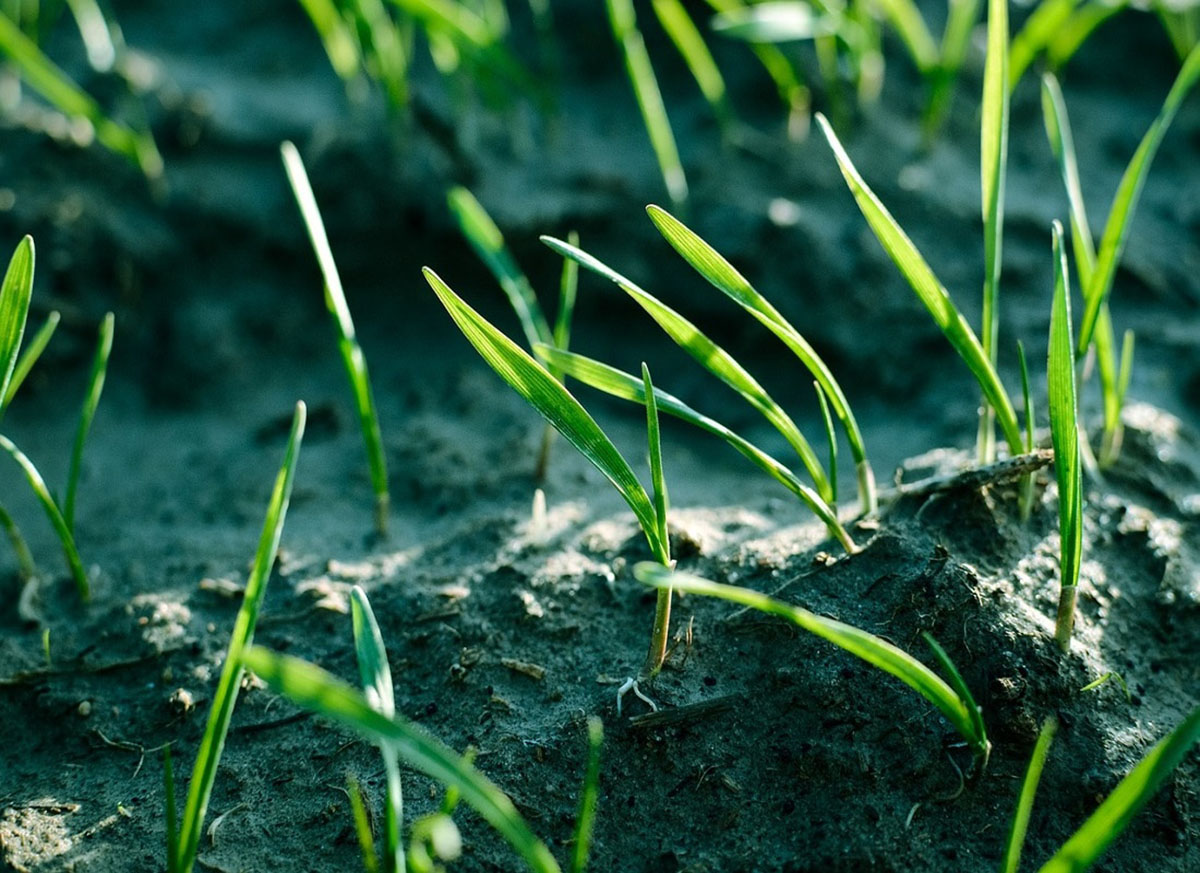
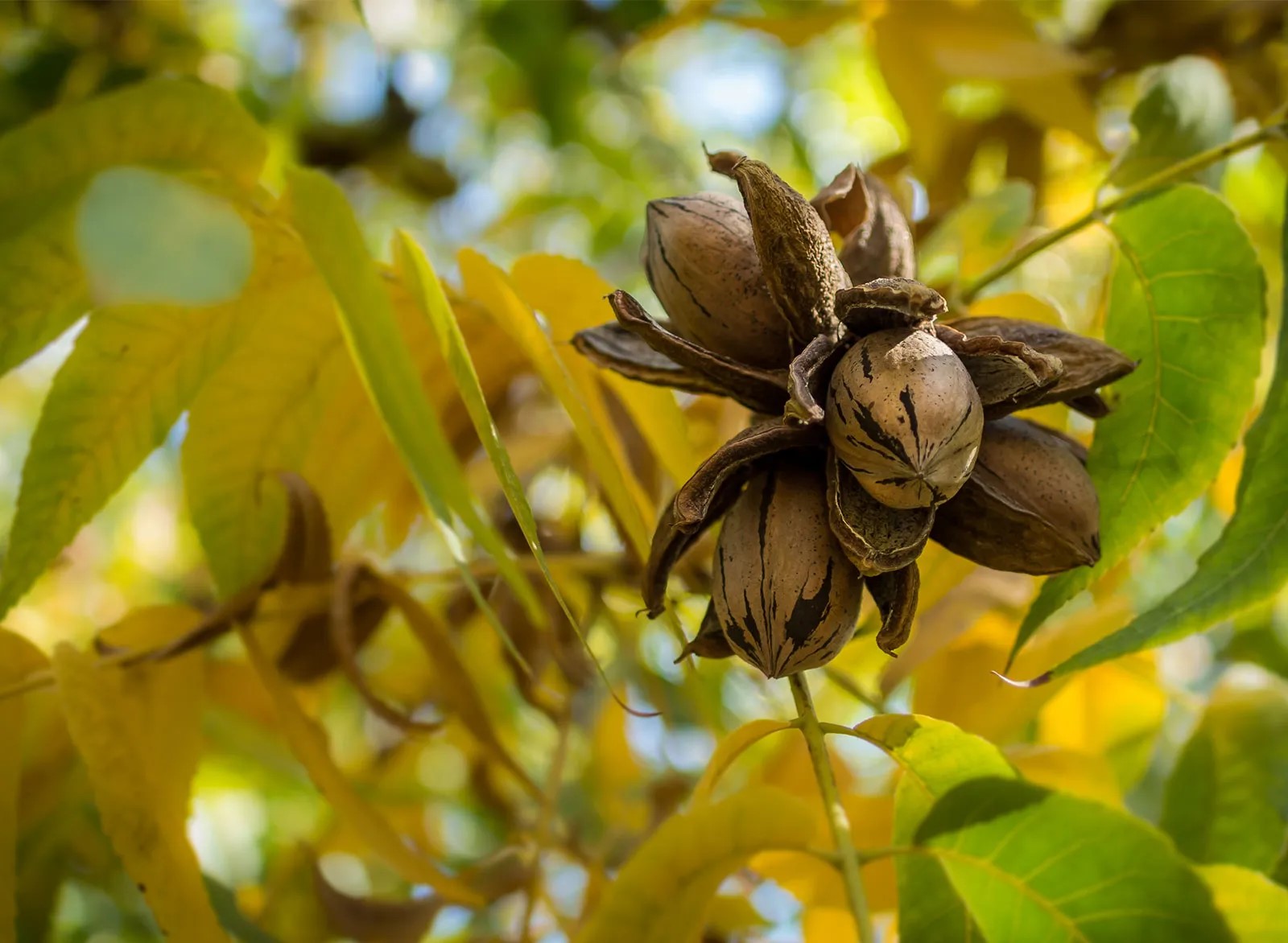
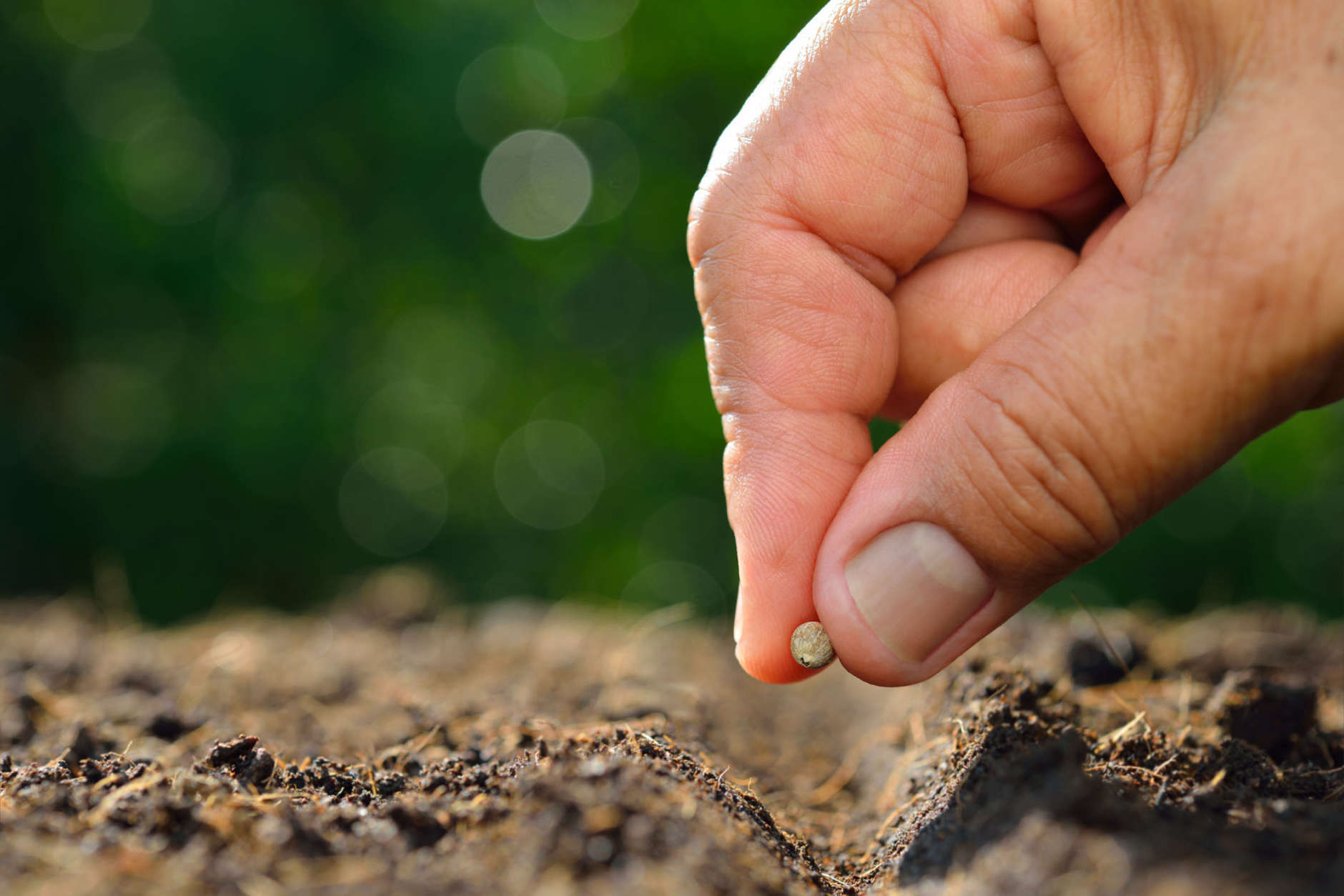
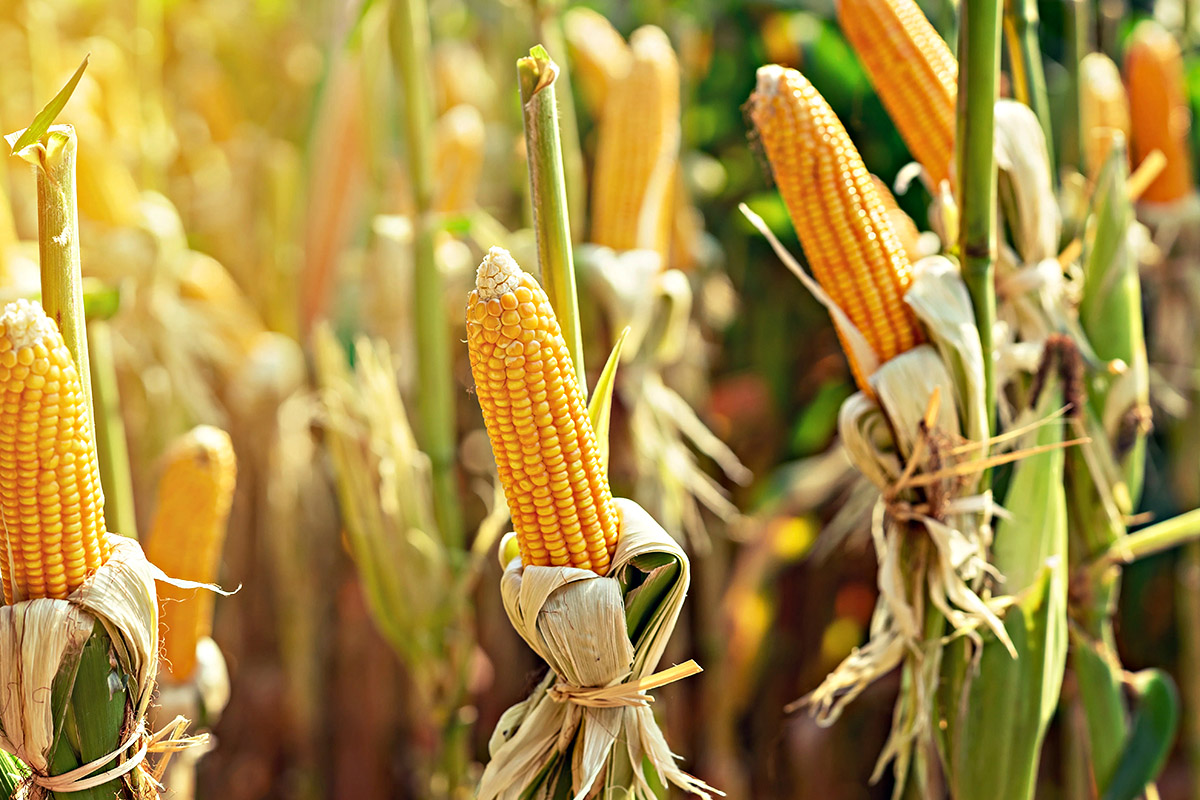
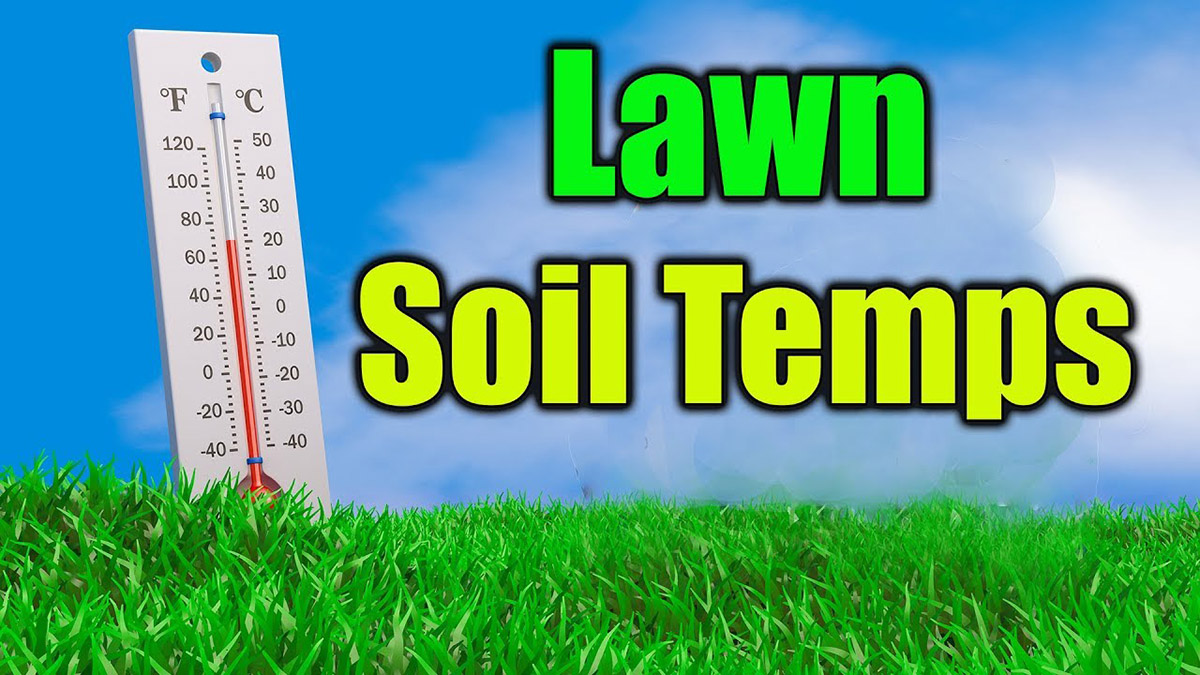
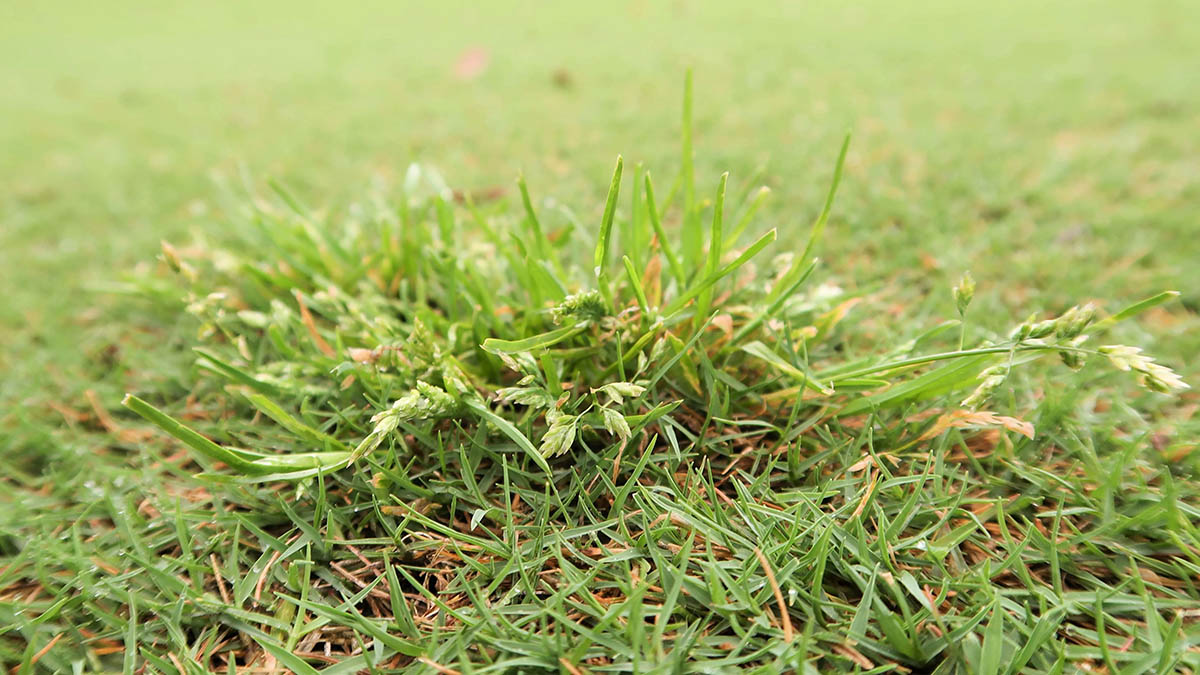
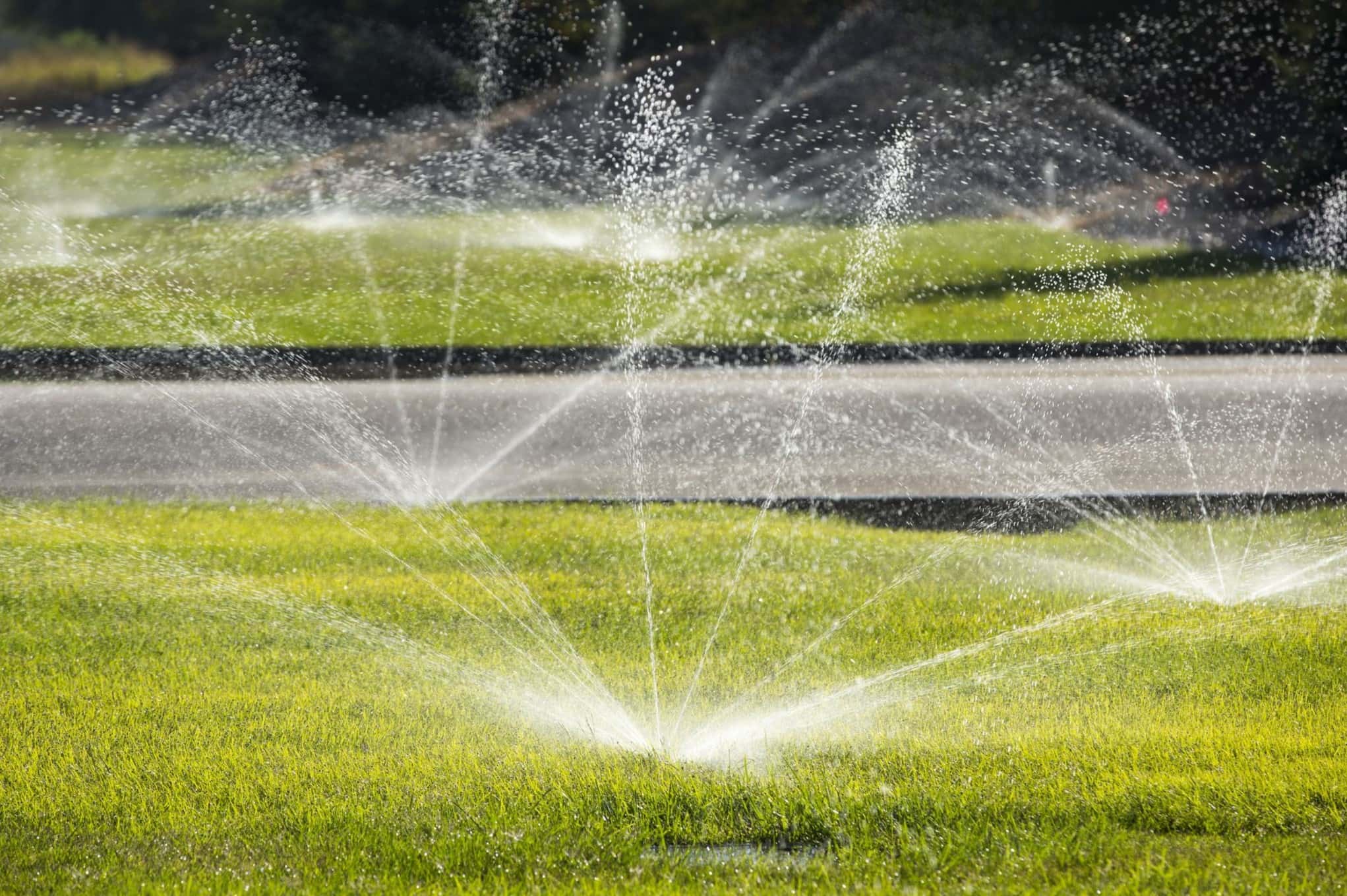


0 thoughts on “What Temperature To Plant Grass Seed”